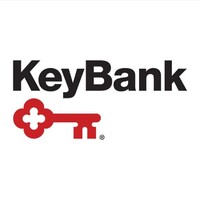
HBL
HBL, Pakistan’s leading Bank, was the first commercial Bank to be established in Pakistan in 1947. Over the years, HBL has grown its branch network and maintained its position as the largest private sector Bank in Pakistan with over 1,728+ branches and 2,300+ ATMs globally, serving 37million+ clients worldwide. HBL will never ask for customer's personal data on public platforms. Please avoid sharing such data via social media.






